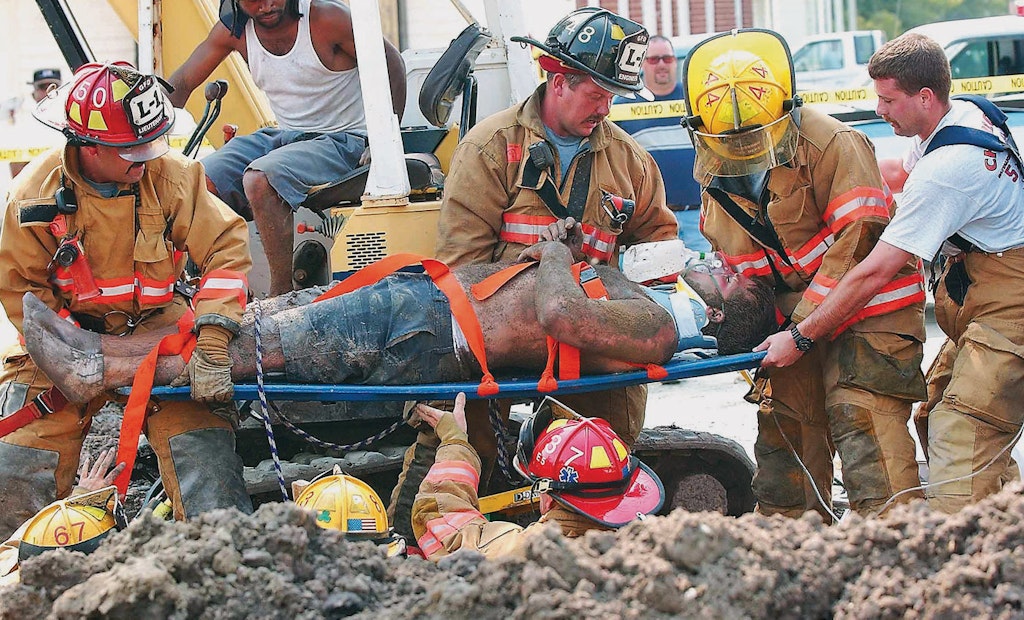Let’s assume your municipal crew has an excellent safety program. You’ve been trained and designated as the competent person on project excavation sites. All the workers on your crew have been appropriately trained. You use trench-protection systems on your job sites. You have...
What to do in a Trench Collapse
Follow this detailed checklist of the proper actions to take if the unthinkable happens.
Popular Stories
Discussion
Comments on this site are submitted by users and are not endorsed by nor do they reflect the views or opinions of COLE Publishing, Inc. Comments are moderated before being posted.






